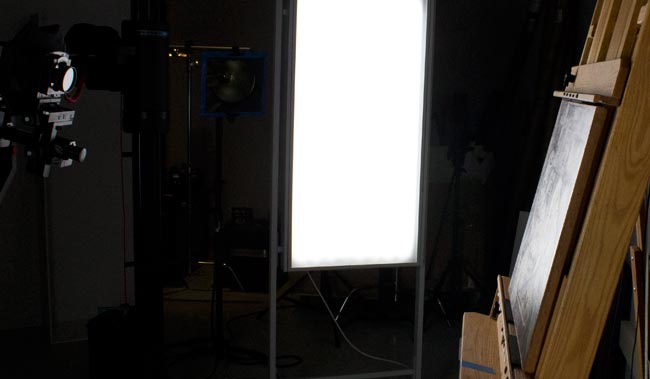The staff in our Digital Imaging and Visual Resources (DIVR) department is constantly taking photographs of objects in our collections—for our online collections search tool, for books, for stories in Index, and more. Color matching is vital to the production of accurate photographs, and the DIVR staff relies on its talented photographers and sophisticated equipment to make sure the color of the photograph matches the object itself. But how do they do it?
First, they conduct their photography in a windowless studio, allowing them complete control of lighting conditions. All light has a color temperature that is measured in degrees using the Kelvin (K) scale. DIVR photographs all objects at 5,500K—the printing industry’s standard color temperature for photographing objects, a wavelength that is equivalent to mid-morning or mid-afternoon daylight.
After transferring an image to a computer, the DIVR team analyzes the digital file’s color on monitors that are precisely calibrated to 5,500K (so that color presents properly) and make any necessary color corrections. These uniform lighting conditions and advanced tools help ensure that the Harvard Art Museums collections look just as colorful in print and online as they do in person.





